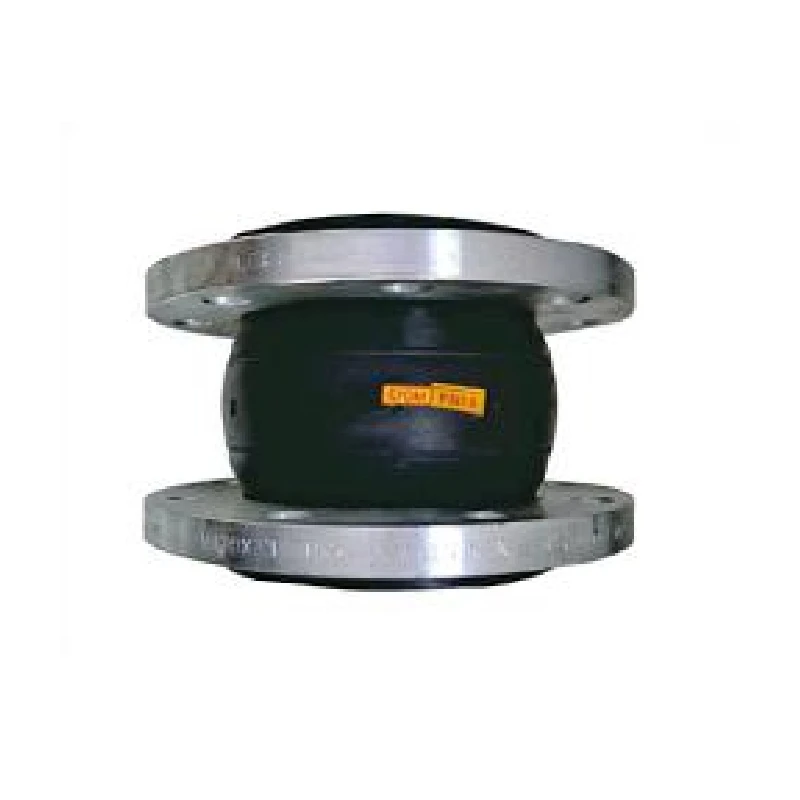ഒക്ട് . 05, 2024 00:52 Back to list
control valve
Understanding Control Valves A Key Component in Fluid Dynamics
Control valves are pivotal in the field of fluid dynamics, serving as essential components in various industrial processes to manage the flow of fluids. From water treatment plants to chemical manufacturing facilities, control valves play an indispensable role in ensuring systems operate efficiently and safely.
What is a Control Valve?
A control valve is a mechanism that regulates the flow or pressure of a fluid by varying the size of the flow passage as directed by a controller. The primary function of a control valve is to allow, block, or throttle the flow of liquids or gases in response to an input signal from a control system. The ability to modulate flow rates facilitates precise control over processes, ensuring optimal performance while conserving energy and resources.
Types of Control Valves
Control valves come in various types, each designed for specific applications and operating conditions. The most common types include
1. Globe Valves Known for their good throttling capability, globe valves are often used for flow regulation. They feature a spherical body shape, providing a linear flow path that prevents turbulence, ensuring smoother control.
2. Ball Valves These valves use a spherical disc to control flow, allowing for quick shut-off. While they are not primarily designed for throttling, ball valves are preferred in applications where tight sealing and fast operation are critical.
3. Butterfly Valves Utilizing a rotating disk, butterfly valves offer a compact alternative for controlling flow. They are suitable for larger diameter pipes and provide quick operation with minimal pressure drop.
control valve

5. Pressure Relief Valves These valves protect systems from overpressure by relieving excess pressure from equipment, ensuring safety and integrity.
How Control Valves Work
Control valves operate based on the principles of feedback and control theory. They are typically part of a closed-loop control system, which includes a sensor that measures the process variable (such as flow rate, pressure, or temperature) and a controller that processes this information and sends a signal to adjust the valve position accordingly.
The valve positions can be manipulated manually or automatically. In automatic systems, actuators—either pneumatic, hydraulic, or electric—move the valve to the desired position, allowing for real-time adjustments based on fluctuating system conditions.
Applications of Control Valves
The applications of control valves are extensive. In the oil and gas industry, they regulate the flow of crude oil and natural gas, ensuring efficient transport through pipelines. In water treatment facilities, control valves manage chemical dosages and flow rates, maintaining quality standards for potable water. In HVAC systems, they control the flow of air and refrigerants for efficient temperature regulation.
Moreover, control valves are crucial in chemical processing industries, where precise control over reactants and conditions can significantly impact product quality and yield.
Conclusion
In summary, control valves are integral to the smooth operation of numerous processes across various industries. Their ability to regulate flow and pressure dynamically not only enhances efficiency but also ensures safety and reliability. As technology advances, the design and functionality of control valves will continue to evolve, incorporating smarter control mechanisms and materials to meet the demands of modern industry. Understanding the significance of these components allows engineers and operators to optimize systems for better performance and sustainability, solidifying the control valve's role as a cornerstone in fluid management.
Share
-
Reliable Wafer Type Butterfly Valves for Every IndustryNewsJul.25,2025
-
Reliable Flow Control Begins with the Right Ball Check ValveNewsJul.25,2025
-
Precision Flow Control Starts with Quality ValvesNewsJul.25,2025
-
Industrial Flow Control ReliabilityNewsJul.25,2025
-
Engineered for Efficiency Gate Valves That Power Industrial PerformanceNewsJul.25,2025
-
Empowering Infrastructure Through Quality ManufacturingNewsJul.25,2025